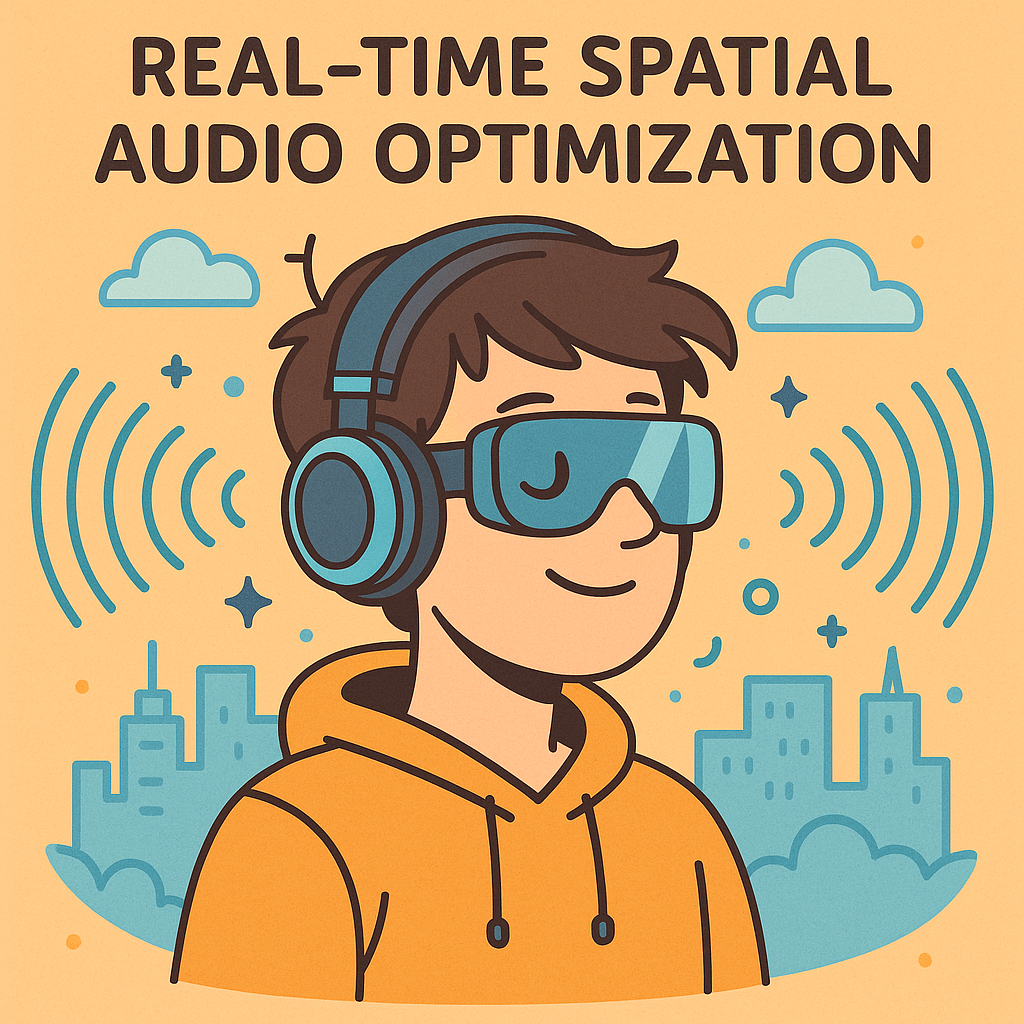Understanding the Challenges of Bluetooth LE Audio for Spatial Audio
As we venture deeper into the realm of augmented reality (AR) experiences, the demand for ultra-low-latency audio has surged, particularly in applications that require real-time spatial audio. Bluetooth Low Energy (LE) Audio presents a promising framework to fulfill this demand, but optimizing its firmware for AR headphones comes with its own set of challenges.
Latency: The Silent Killer
When discussing audio in AR applications, latency is the enemy. Users expect sound to align perfectly with visual cues; any delay can break immersion. Bluetooth LE Audio offers advantages over classic Bluetooth in terms of power efficiency and connection stability, but its inherent latency is a challenge. The latency can be exacerbated by additional processing for spatial audio algorithms, which require careful management of time-critical tasks.
Firmware Architecture: Balancing Complexity and Efficiency
The firmware architecture plays a crucial role in managing audio streams efficiently. A common approach involves using a real-time operating system (RTOS) that can prioritize audio processing tasks. The challenge here is designing a system that can handle multiple audio streams while maintaining low latency. We found that a priority-based scheduling strategy, combined with interrupt-driven audio processing, allows us to minimize the time spent in context switching while ensuring timely delivery of audio packets.
Audio Codec Choices: Balancing Quality and Latency
Choosing the right audio codec is another critical decision. The LC3 codec, designed for Bluetooth LE Audio, provides a balance between audio quality and low-latency transmission. However, its implementation can be tricky. We experimented with different bitrates to find the sweet spot that maintains audio fidelity without introducing significant latency. A lower bitrate might reduce quality, while a higher bitrate can lead to delay due to increased processing time. Our tests revealed that a bitrate of 320kbps offered an optimal trade-off for spatial audio applications.
Spatial Audio Algorithms: Implementing Real-Time Processing
Spatial audio processing adds another layer of complexity. Algorithms for sound localization and environmental simulation must run efficiently to prevent lag. We leveraged techniques such as Head-Related Transfer Functions (HRTFs) for simulating 3D audio. The challenge lies in ensuring that these calculations are performed in real-time. To achieve this, we utilized SIMD (Single Instruction, Multiple Data) capabilities of our processing units to parallelize the audio signal processing tasks.
Hardware Considerations: Choosing the Right Components
The hardware choice directly affects the performance of our Bluetooth LE Audio firmware. Selecting a low-power DSP (Digital Signal Processor) that supports the necessary audio processing tasks is essential. We opted for a DSP that provides a balance of processing power and energy efficiency, which is crucial for battery-operated AR headphones. Additionally, integrating a high-quality DAC (Digital-to-Analog Converter) ensures that the spatial audio experience is not compromised by poor sound quality.
Real-World Tradeoffs: Power vs. Performance
One of the most challenging aspects of optimizing firmware for AR headphones is managing power consumption. While we want the lowest possible latency, high processing loads can drain batteries quickly. Our solution involved implementing dynamic power scaling, allowing the system to adjust its performance based on the current audio load. This approach ensures that we do not sacrifice battery life during less demanding tasks while still providing optimal performance during peak usage.
Field Testing: Iterating Based on User Experience
No amount of simulation can replace real-world testing. By gathering user feedback in various environments, we fine-tuned the algorithms to adapt to different auditory contexts. This iterative process highlighted the importance of flexibility in our firmware design; the ability to update and optimize algorithms post-deployment proved invaluable.
The Road Ahead: Future Enhancements
Looking forward, the integration of machine learning algorithms could further enhance our spatial audio capabilities. These algorithms can adapt audio processing based on user preferences and environmental changes, offering a personalized audio experience. However, this also raises new challenges in terms of computational load and latency, which we will need to address as we continue to refine our firmware.



